This weekend we celebrate the Solemnity of the Holy Trinity.
The Holy Trinity, one of the five Dogmas of the Church, is an extraordinary and unfathomable mystery. Our limited intellects are unable to comprehend its reality, yet, our Scriptures and scholarly Tradition makes it known to us.
The scientific analogy that will be provided in a few moments is truly inadequate to describe the Holy Trinity. It does, however, provide the proverbial “grist for the mill” for all of us, believers and skeptics alike, that such a concept of “Three existing in One” does exist in nature and can be scientifically proven. So, if an actual physical and observable process exists in nature then why can it not be a reflection of its existence in the spiritual and religious world of Faith?
A number of years ago, one of my RCIA students (an engineer who graduated from Annapolis, America’s Naval Academy) mentioned a physical property of water that aided our discussion. He correctly said that God is One Being of three Divine Persons. He then went on to apply a new analogy regarding water. We know that water consists of two atoms of hydrogen and one atom of oxygen and it can exist in three independent states: liquid, solid, and gas. It is one substance, water, in every state that it is in.
So, as far as the new analogy is concerned, he said the question should be asked: “Can water exist as a liquid, solid, and gas at the same time?”
The answer: “Yes, it can, because of the scientific reality known as the Triple Point.”
“The Triple Point is the single combination of pressure and temperature at which liquid water, solid ice, and water vapor can coexist.” The coexistence means that the water’s states of liquid, solid, and gas are present, yet independent, at the same time. Scientifically, and observationally, “This occurs at exactly 273.16 K (0.01 °C) and a partial vapor pressure of 611.73 pascals (ca. 6.1173 millibars, 0.0060373 atm).” For further inquiry see this article: http://en.wikipedia.org/wiki/Triple_point
The article also goes on to state that the Triple Point pressure of water was used during the Mariner 9 mission to Mars as a reference point to define “sea level”. More recent missions use laser altimetry and gravity measurements instead of pressure to define elevation on Mars.[3] [There are numerous other elements and substances that possess Triple Points, and are easily referenced in additional Wikipedia articles]. Some of the data comes from the U.S. National Bureau of Standards (now NIST).[4]”
So, while understandably inadequate to even skim the surface of the mystery of the Holy Trinity, the Triple Point of water at least shows that a simple framework for comprehending the reality of the Trinity does exist in nature. Science can assist us in understanding theological truths.
Besides science and nature, our Holy Scriptures and Sacred Tradition provide additional historic and religious truth to substantiate the Dogma of the Holy Trinity. Examples are found in the Gospel of Matthew: the 3rd chapter (the Baptism of Jesus) and in the 28th chapter (Jesus’ commissioning His Apostles to go out and make disciples of all the nations, “baptizing them in the name of the Father, and the Son, and the Holy Spirit.” St. Paul also refers to the Holy Trinity in his second epistle to the Corinthians (13: 11-13) and Romans (8: 14-17) and (5: 1-5).
The Early Fathers of the Church (AD 100 through AD 800) also discussed and provided extraordinary scholarship in developing our basic understanding of this dogma. St. Thomas Aquinas, 450 years later also wrote persuasively about the Holy Trinity, too.
The Holy Trinity, while being a Mystery, can still be approached and discussed through spiritual faith. Faith is the assent of an individual’s intellect and will to believe the teachings of the Church. It is a supernatural gift from God to a person’s soul and intellect at the moment of their Baptism. Faith is sustained through parental modeling, formal teaching, prayer, study, and the reverential reception of the Holy Sacraments.
The Catechism of the Council of Trent and the New Catechism of the Catholic Church (2nd edition) contain wonderful explanations about this dogma of our faith. Also, teacher and apologist Frank Sheed, in his book Theology For Beginners, (pp. 33-36), provides us with additional insights into the truth of the Holy Trinity:
” …God utters a word [John 1:1]. … So it is a word in the mind of God, not sounding outwardly as our words sound, akin rather to a thought or an idea. What idea produced in God’s mind could possibly be God? Christian thinking saw early that it could be only the idea God has of Himself. The link between having a Son and having an idea of oneself is that both are ways of producing likeness.
… [B]ecause God is infinite, eternal, all-powerful, His idea of Himself is infinite, eternal, all-powerful. Because God is God, His idea is God.
… The Father knows and loves; so His idea knows and loves. In other words, the idea is a Person …, for He – this Person – can know and love. The thinker and the idea are distinct, the one is not the other, Father and Son are two persons; but they are not separate.
… Father and Son love each other … They unite to express their love and … [this] expression is a third Divine Person: the Holy Spirit. In the Son, the Father utters His self-knowledge; in the Holy Spirit, Father and Son utter their mutual love. Their love is infinite; its expression cannot be less.
… As the one great operation of spirit, Knowing, produces the Second Person, so the other, Loving, produces the Third Person of the Holy Trinity.”
Glory Be to the Father, and the Son, and the Holy Spirit; as it was in the beginning, is now, and will be forever. Amen.

Copyright © 2011- 2021. Deacon Paul O. Iacono – All Rights Reserved. Permission to reprint must be obtained from the author in writing. Students, and those interested, may quote small sections of the article as long as the proper credit and notation is given. Thank you.













 The flickering flame of the candle is the primary source of light. It is soft, calm, inviting, strong, and supersedes the light of an ordinary candle. It keeps the menacing darkness away. It illuminates her face and her heart—primarily her heart—to show that she has focused on the core of who she is, and subtly shows the love that she has felt that day. Yet it also shines on the mirror and on her robes and on her jewels—the light of Christ has begun to enlighten everything in her life. It is the power of the Holy Spirit through which all true conversion and penance is inspired.
The flickering flame of the candle is the primary source of light. It is soft, calm, inviting, strong, and supersedes the light of an ordinary candle. It keeps the menacing darkness away. It illuminates her face and her heart—primarily her heart—to show that she has focused on the core of who she is, and subtly shows the love that she has felt that day. Yet it also shines on the mirror and on her robes and on her jewels—the light of Christ has begun to enlighten everything in her life. It is the power of the Holy Spirit through which all true conversion and penance is inspired.
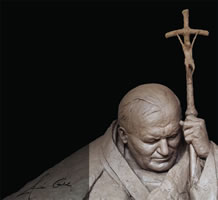
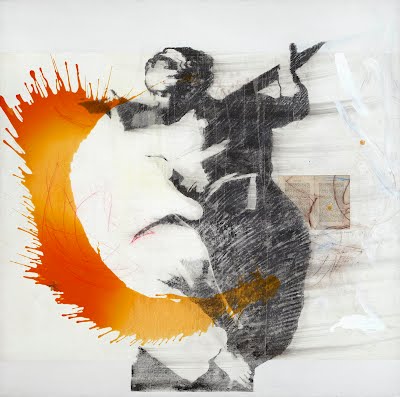



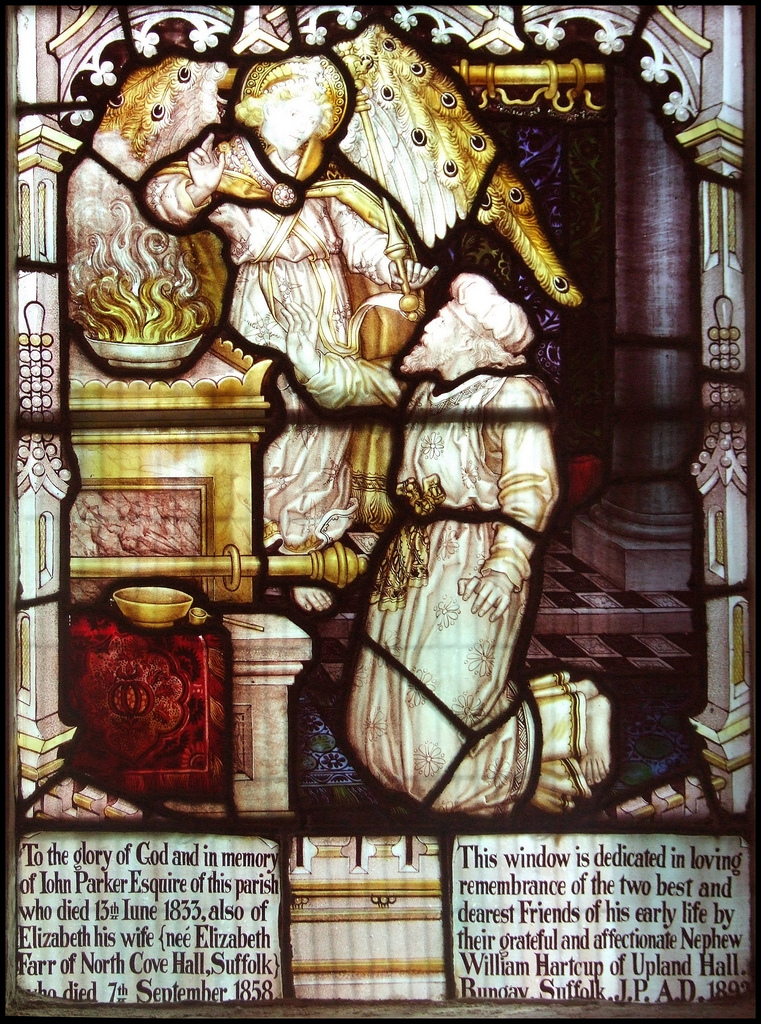


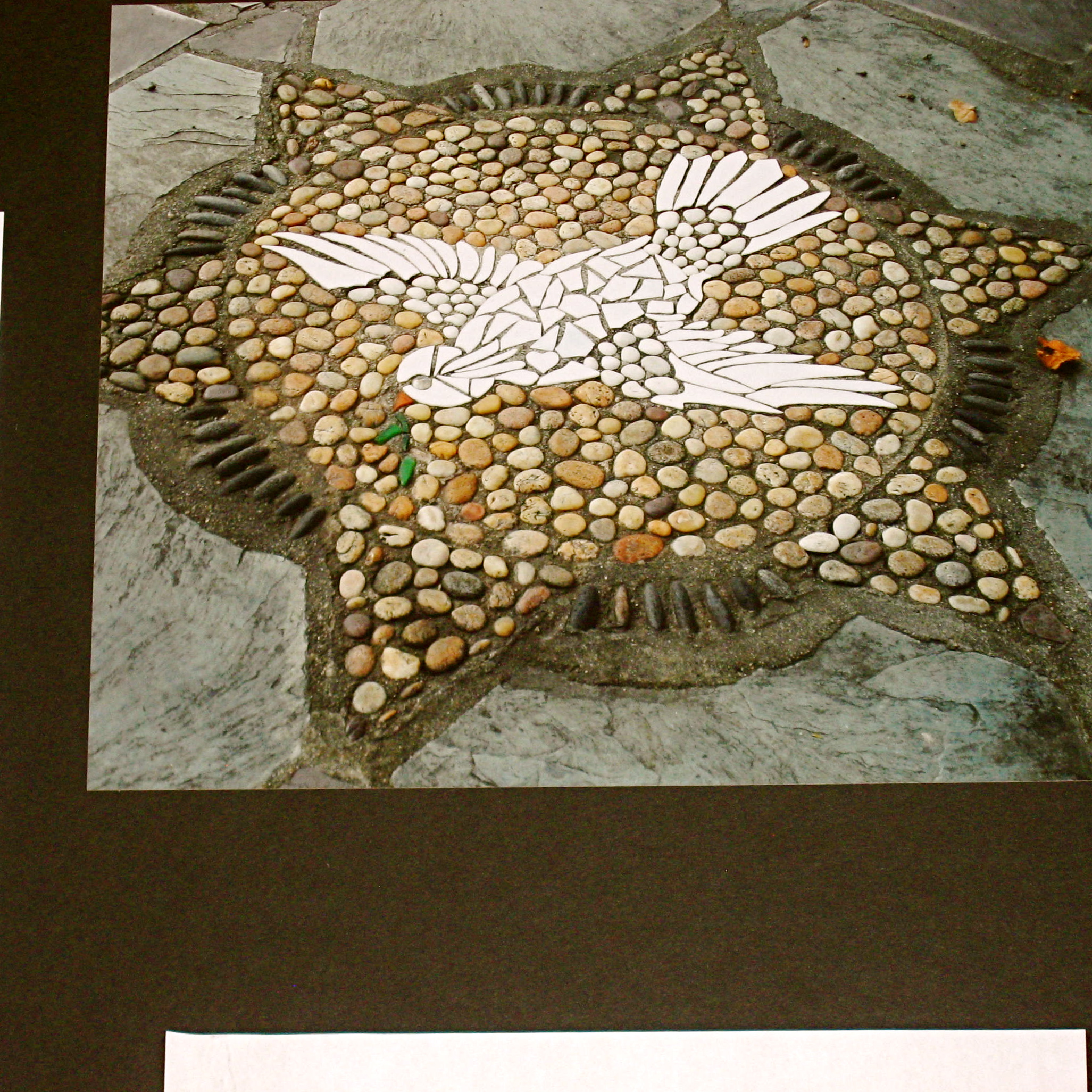



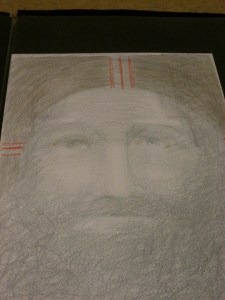
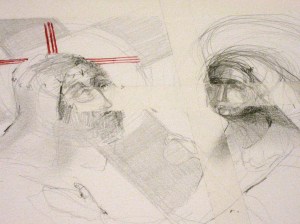
You must be logged in to post a comment.